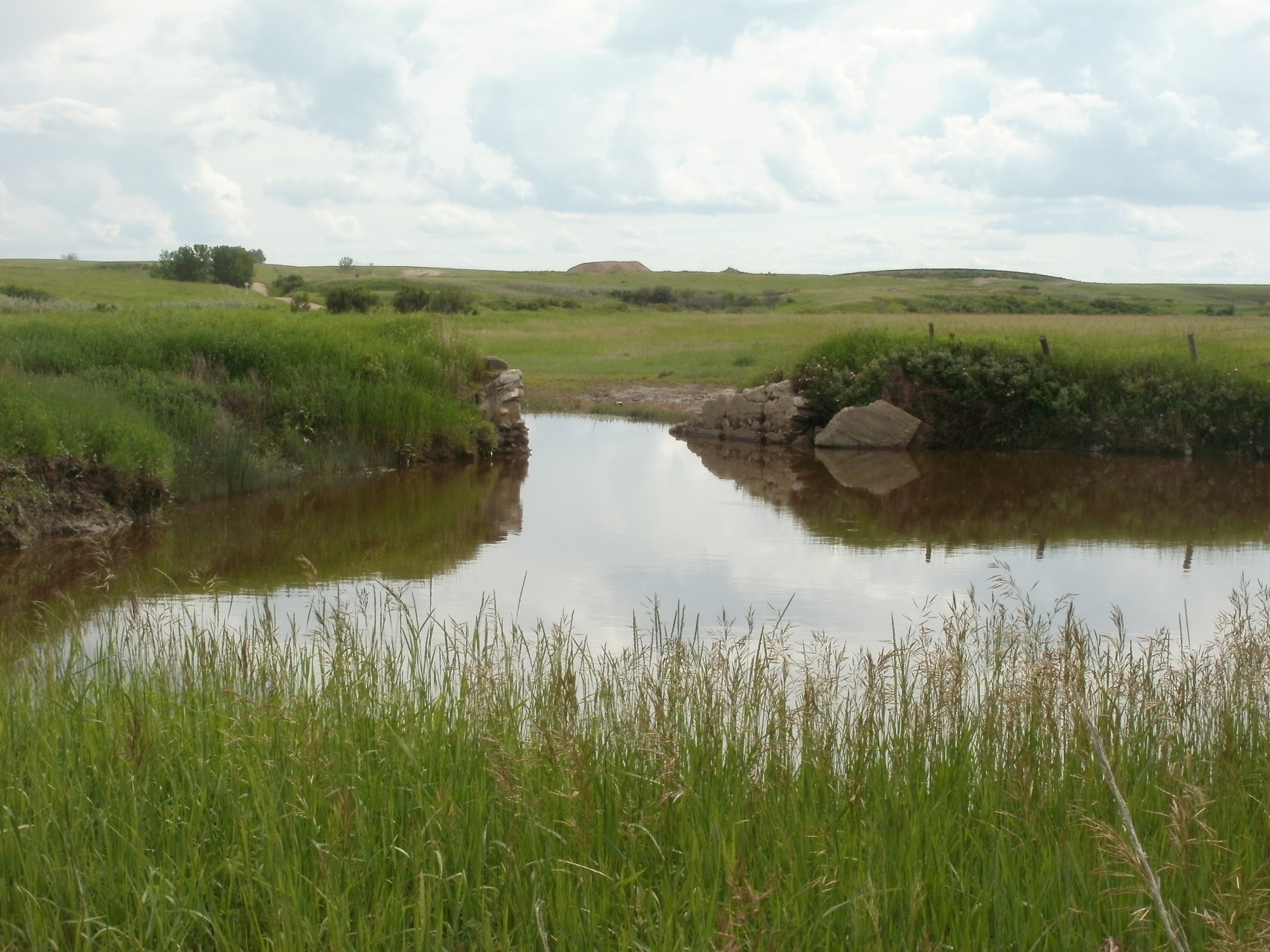You might be asking yourself – What is Geocaching? It is an outdoor hobby that combines technology and nature by using GPS (Global Positioning Satellites), although a lot newer cachers instead are using a geocaching app on an Iphone.
Geocaching is a  fantastic way to encourage people to connect with nature while getting exercise, exploring new areas and having fun. Whether you are caching alone, seeking serenity on a nature trail, or are communing with nature in your neighbourhood park with family - geocaching will take you outside.
fantastic way to encourage people to connect with nature while getting exercise, exploring new areas and having fun. Whether you are caching alone, seeking serenity on a nature trail, or are communing with nature in your neighbourhood park with family - geocaching will take you outside.
The whole point of geocaching is to navigate to a specific set of co-ordinates to locate the geocache hidden at that location. It is a worldwide treasure hunt that is done in over 300 countries worldwide by thousands of people seeking out millions of geocaches. To find out co-ordinates for a geocache or to learn everything there is to know about geocaching, connect to the website www.geocaching.com. All you need to get started is to log in, make up a moniker that will be your code name and start researching where you want to go. You would be surprised at how many geocaches are right near where you live.
A typical geocache is a waterproof container containing a logbook (which the cacher writes the date and their code name on). Larger containers will contain items, trinkets and tradeables. Sometimes travel bugs will be placed in a geocache – they are items with a trackable number that move from cache to cache.
An exciting way to explore the natural world is with Geocaching! Whether it be in a rural setting or an urban area, kids can learn navigational skills with a reward of finding real treasure!
Nature hikes while geocaching can mean different things to different cachers. Some like the exercise and fresh air, while others like the photo opportunities. There are wildlife sightings, birdwatching, history lessons, science lessons and all kinds of things to learn. Caching will take you off the beaten track to amazing places around the province – places that you normally would not go to.
Nature often refers to the natural environment – we often think of plants and animals and the geology of the earth. When you place a geocache it is important to try to pick a spot that does not disturb what is already there. No digging, cutting, burrowing, chopping or nailing caches to a tree. Evan if a cache is placed in a group of trees, after 50 cachers find that cache following the same path, some destruction of vegetation could occur. So placing caches near trailheads is a good idea to minimize damage to the natural world. Mother Earth loves environmentally placed geocaches.
Bushwhacking happens when a cache is placed deep in the woods or bushes. You will possibly encounter thick bush, branches in your eyes, thorns, thistles, bugs/ticks, poor footing with fallen logs, sharp or slippery rocks, water hazards and wildlife. Safety is a concern - so be prepared.
Here are some tips to make your hike enjoyable and safe.
PLAN YOUR ROUTE AND PACK FOR A HIKE
Certain items come in handy on a caching excursion such as tweezers, hat, first aid kit, camera, bug spray, pens, suitable clothing, sunscreen, eye protection, gloves, notebook, cellphone, snacks, water and a walking stick for poking around the leaves as well as for balance.
USE YOUR EYES
While caching in a forest, the co-ordinates of your GPS can be off a bit. So expanding your search until you spot something out of place is a good idea. Often caches are hidden by twigs stacked like a mini teepee.
CACHE IN TRASH OUT IS WHAT ALL GOOD CACHERS DO
Leave no trace when caching and always bring along a trash bag and as you walk pick up litter. Stay on trails as you cache so not to disturb the natural surroundings if possible. Cache with like-minded people – it is safer and fun to meet new people.
Throughout the year – your local geocaching association holds get togethers and different events such as CITO (Cache in trash out) events to clean up neighbourhood parks. There are Christmas parties, summer barbecues, 24 hr cache-a-thons Cache and Release events. Geocaching is for all ages, from retired folks to families with young children. There is something for everyone to enjoy.
Whether you are camping at Emma Lake, hiking in Cypress Hills, visiting relatives in Moose Mountain Park, geocaching can be a fun activity to add to your summer adventures while being out in nature. But be careful – geocaching is a healthy addiction!
-Joanne Cliff
President of the Saskatoon and Area Geocaching Association
This story was originally published in the June 2016 issue of DIRECTION Magazine, “Connecting to Nature."
Read the full issue of DIRECTION here.



